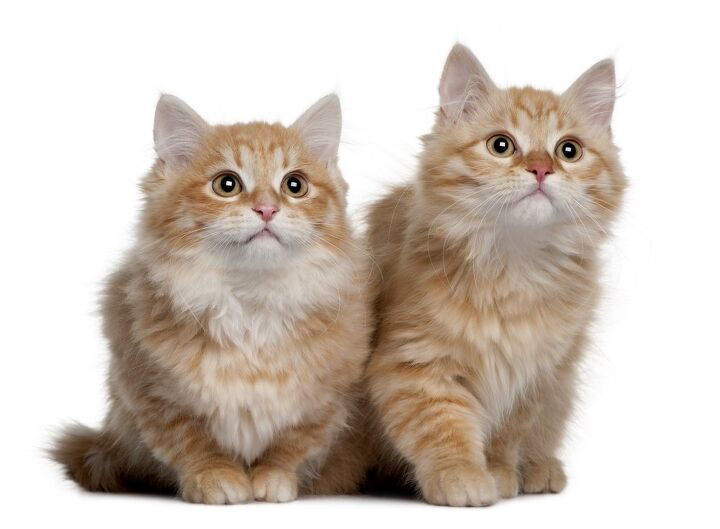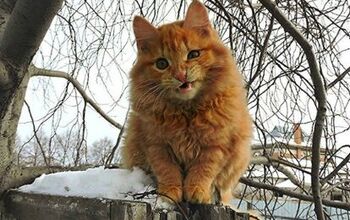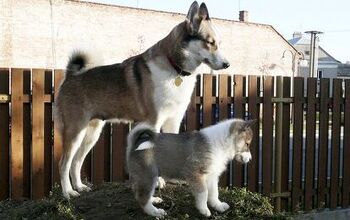Siberian


About Siberian
Mentioned in children’s books and traditional fairy tales, the Siberian cat is one of Russia’s great national treasures. The breed was not widely exported outside Russia until the end of the Cold War, so that the first Siberians did not arrive in the United States until 1990. The Cat Fancier’s Association accepted the Siberian for registration in 2000 and advanced it to championship status in 2006.
A Siberian cat is a charming and personable presence in the household.
A Siberian is a charming and personable presence in the household. They like to be near their people, and do quite well with other animals (including dogs), and with children. For the most part these are naturally calm cats that do not overreact to much of anything. Siberian owners say the cats have an odd affinity for knowing when their presence will be of comfort or support to their humans and show up when they’re needed. A quiet cat, the Siberian’s voice is melodic, and his vocabulary includes a range of chirps, mews, and trills. They also purr loudly and often. Intrigued by toys, and motion of any kind, including computer cursors, a Siberian can become raptly fascinated by something that has raised his radar. When they play, they play hard and can be daredevils occasionally in need of rescue when their reach has exceeded their grasp. They remain playful throughout their lives and are an endless source of entertainment and companionship for their people.
The Siberian is an especially well-balanced medium to large cat with round conformation and few angles. Strong and powerful, with an alert air, these cats still have a sweet and open expression enhanced by their eyes which range in shades from gold to intense green. Blue eyes are possible, as are two eyes of different color. The Siberian has a dense coat, and tips on its otherwise rounded ears. The interior of the ears is heavily covered in hair as a further protection against cold weather. These cats are slow to mature, and do not reach their full size until about five years of age.
The Siberian’s coat is found in a wide range of color and pattern combinations with and without white markings.
The Siberian’s coat clearly reflects the land of its origin. Dense and waterproof, there are three layers. The neck is ruffed, and the britches are full and fluffy with a bushy tail typically held aloft. Fortunately, however, the coat does not table as easily as might be expected, and can be well maintained with occasional brushing and combining. It is also a characteristic of this breed that they love water. Start a Siberian on a schedule of baths at a young age, and they will not complain about the process later in life. Interestingly, because the Siberian has a lower concentration of Fel d1 in its saliva, the root of many cat allergies, some people find them to be more or less hypoallergenic, although there is no guarantee of this fact.
Photo credit: Eric Isselee/Shutterstock

Amy Tokic, Editor of PetGuide.com, is a passionate animal lover and proud pet parent of Oscar, a Shih Tzu/Chihuahua cross, and Zed, a Japanese Chin. Her love of animals began in kindergarten, when she brought her stuffed dog Snoopy into class with her every day. Now, she writes about her adventures in pet ownership and tirelessly researches products, news and health related issues she can share with other animal enthusiasts. In her free time, Amy loves perusing used book and record stores, obsessing over the latest pet products available and chasing squirrels with wild abandon (a habit attributed to spending too much time with her pooches).
More by Amy Tokic












![Frisky Siberian Husky Falls For A Pile Of Leaves [Video]](https://cdn-fastly.petguide.com/media/2022/02/16/8203255/frisky-siberian-husky-falls-for-a-pile-of-leaves-video.jpg?size=350x220)











